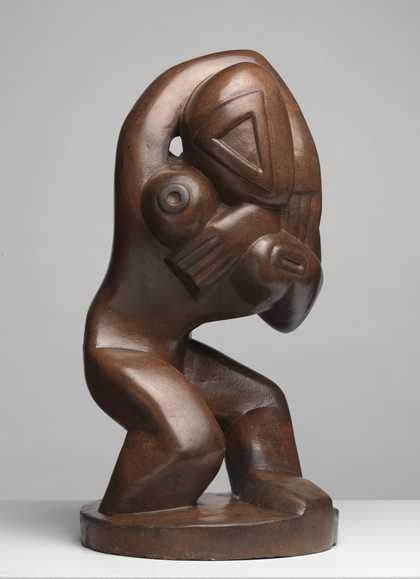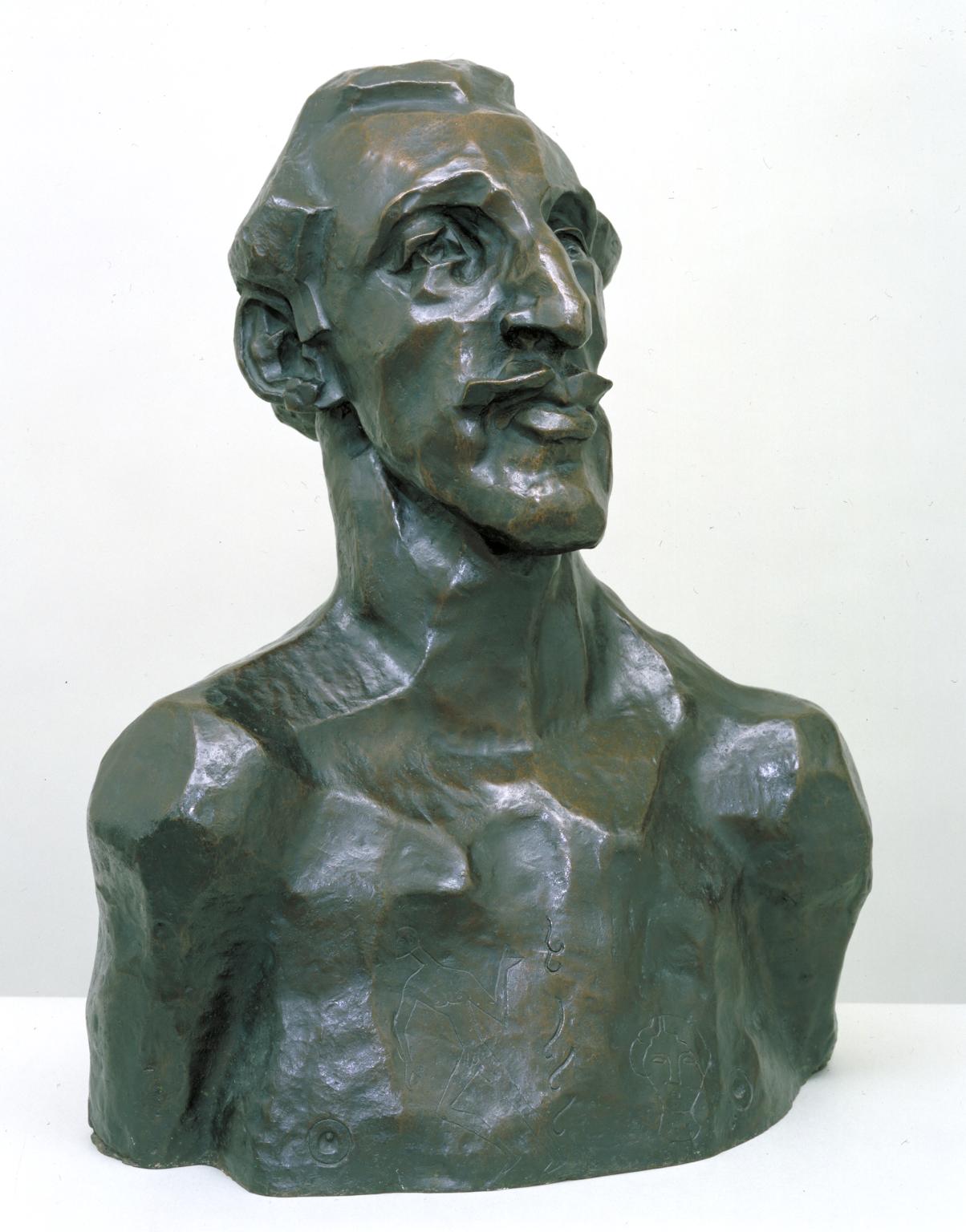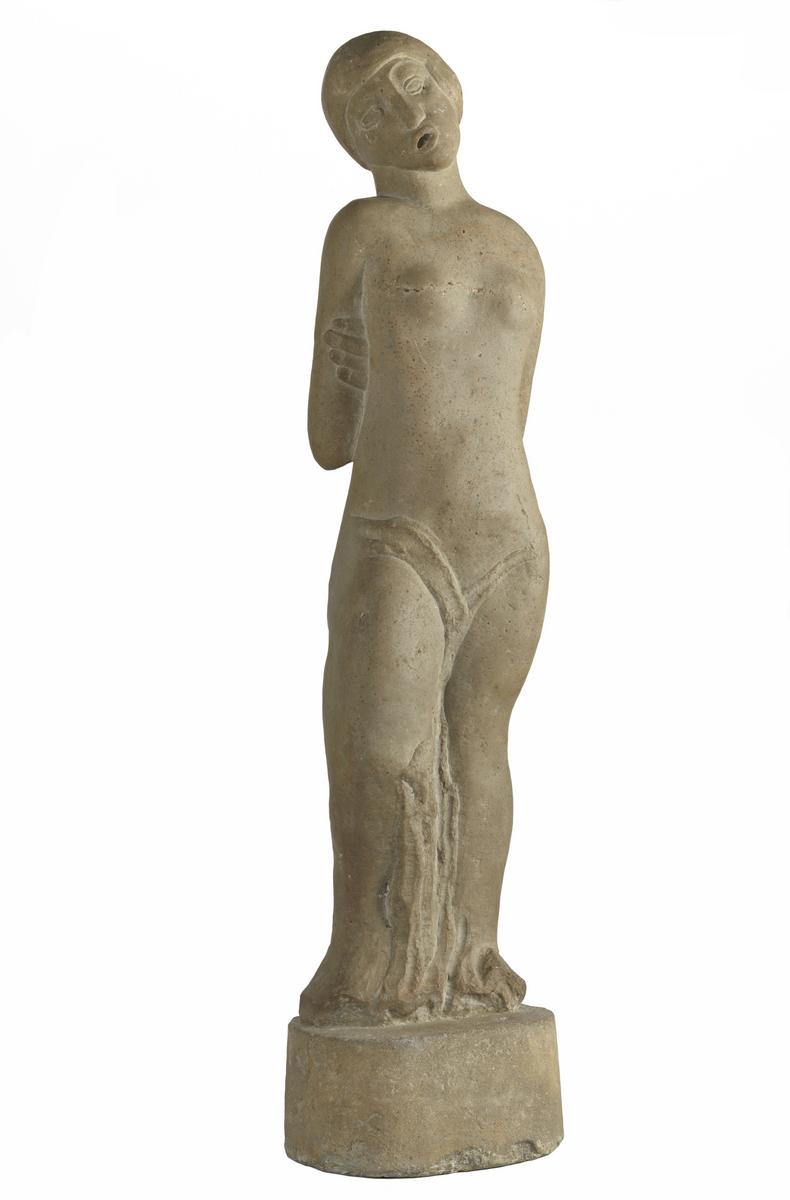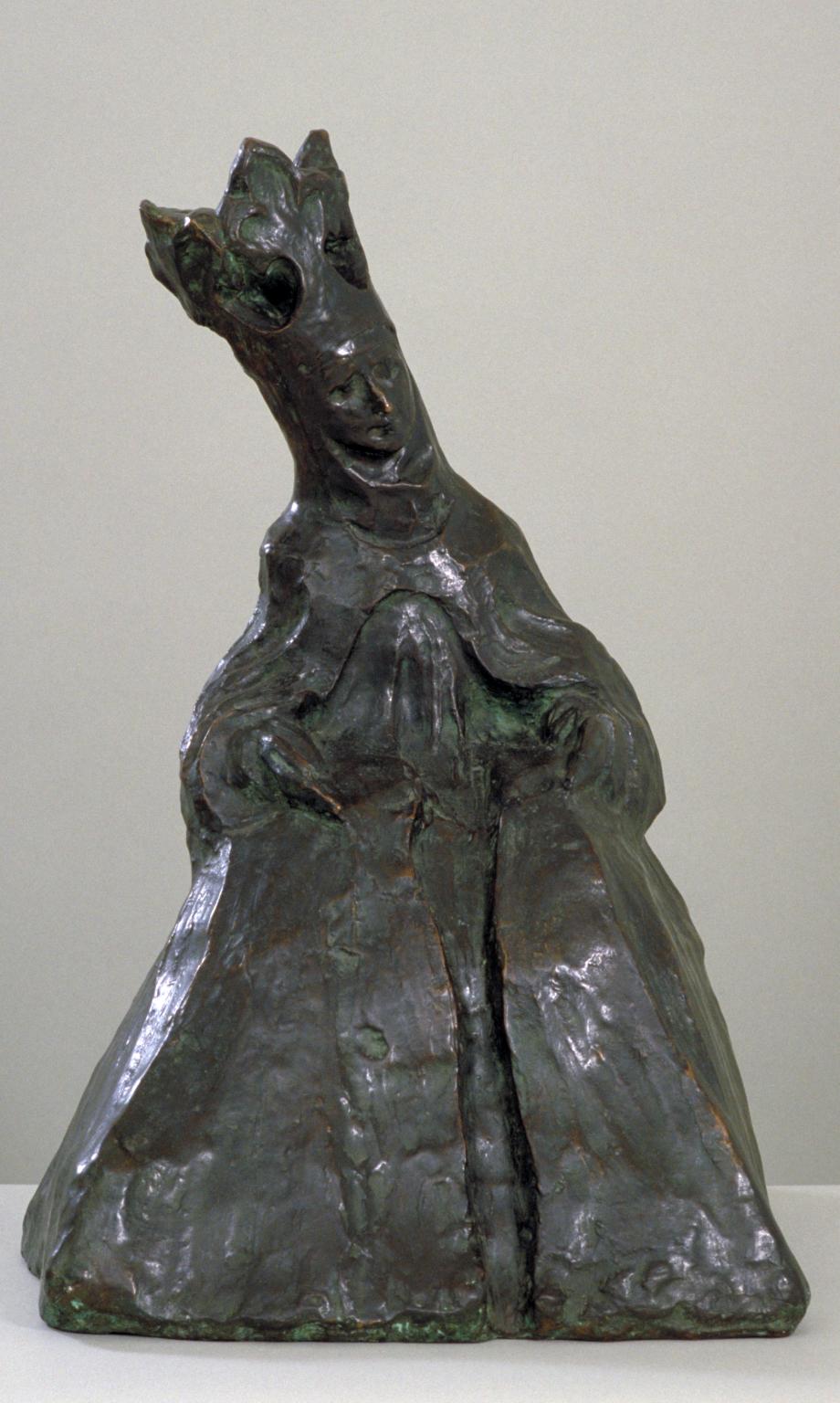16 rooms in Historic and Early Modern British Art
The works in this display reveal Gaudier-Brzeska’s constant impulse to capture movement and life in real time
Movement is the translation of life, and if art depicts life, movement should come into art, since we are only aware of life because it moves.
Henri Gaudier-Brzeska was born in 1891 near Orléans, France. He died in 1915, aged only 23. Although his artistic career lasted less than five years, it was one of intense energy and experimentation. By the time of his death, he had produced thousands of drawings and more than a hundred sculptures, in a wide variety of styles.
The works in this display reveal Gaudier-Brzeska’s constant impulse to capture movement and life in real time.
Without formal artistic training or money to pay for models, he instead turned to the world around him for inspiration. Everything was a potential subject – friends and family, strangers in the street, performers on the stage, even animals at the zoo.
Gaudier-Brzeska made almost all his work in Britain. In 1911, he left Paris and settled in London with his partner, the Polish writer Sophie Brzeska, whose surname he added to his own. After an initial struggle for recognition, Gaudier-Brzeska became part of a circle of experimental artists and writers working in Britain. He produced designs for Roger Fry’s Omega Workshops, exhibited with the London Group and the Allied Artists’ Association, and became a central figure in the Vorticist group. His commitment to direct carving – responding intuitively to his material rather than working to a preparatory model – paved the way for later generations of sculptors such as Barbara Hepworth and Henry Moore.
When war broke out in August 1914, Gaudier-Brzeska quickly enlisted in the French army. He was killed in action on 5 June 1915. His friend, the poet Ezra Pound, wrote: ‘A great spirit has been among us, and a great artist has gone.’
Art in this room

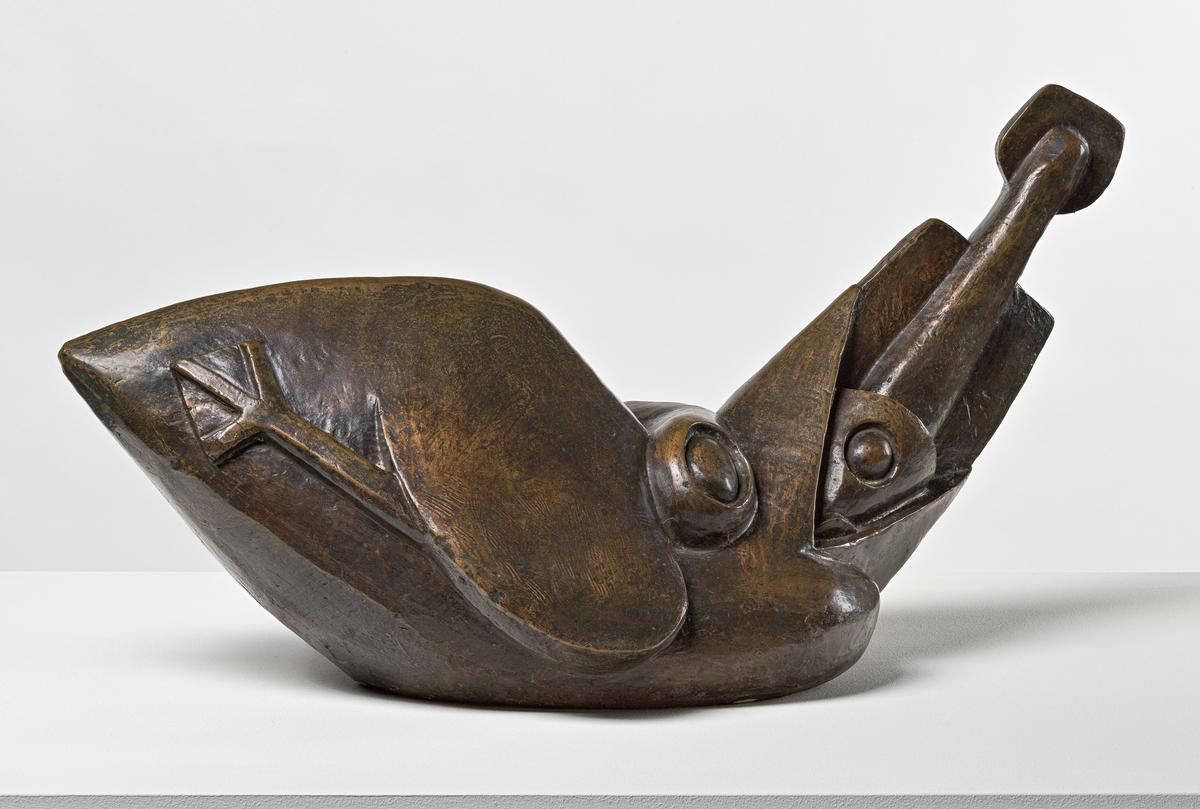

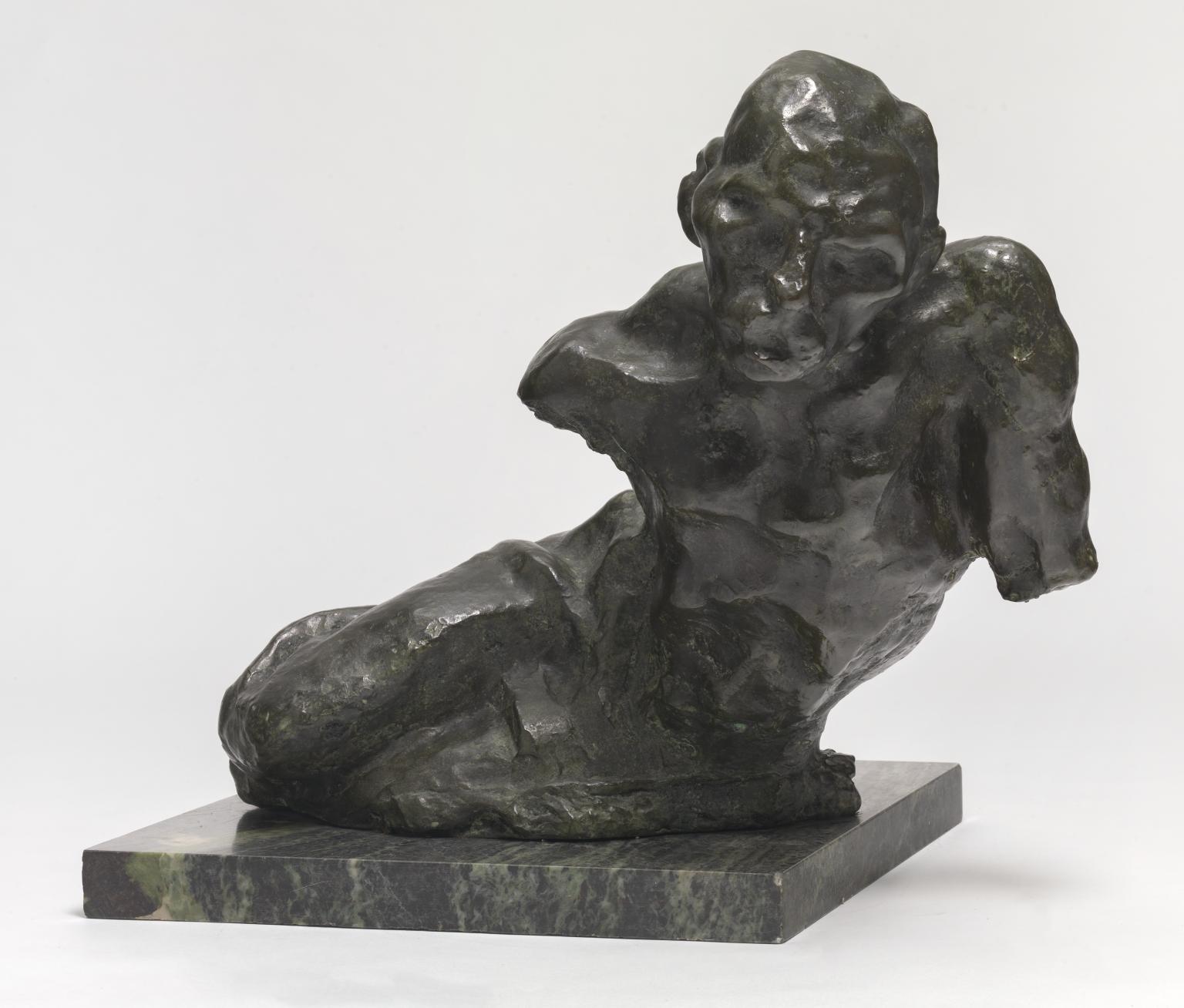
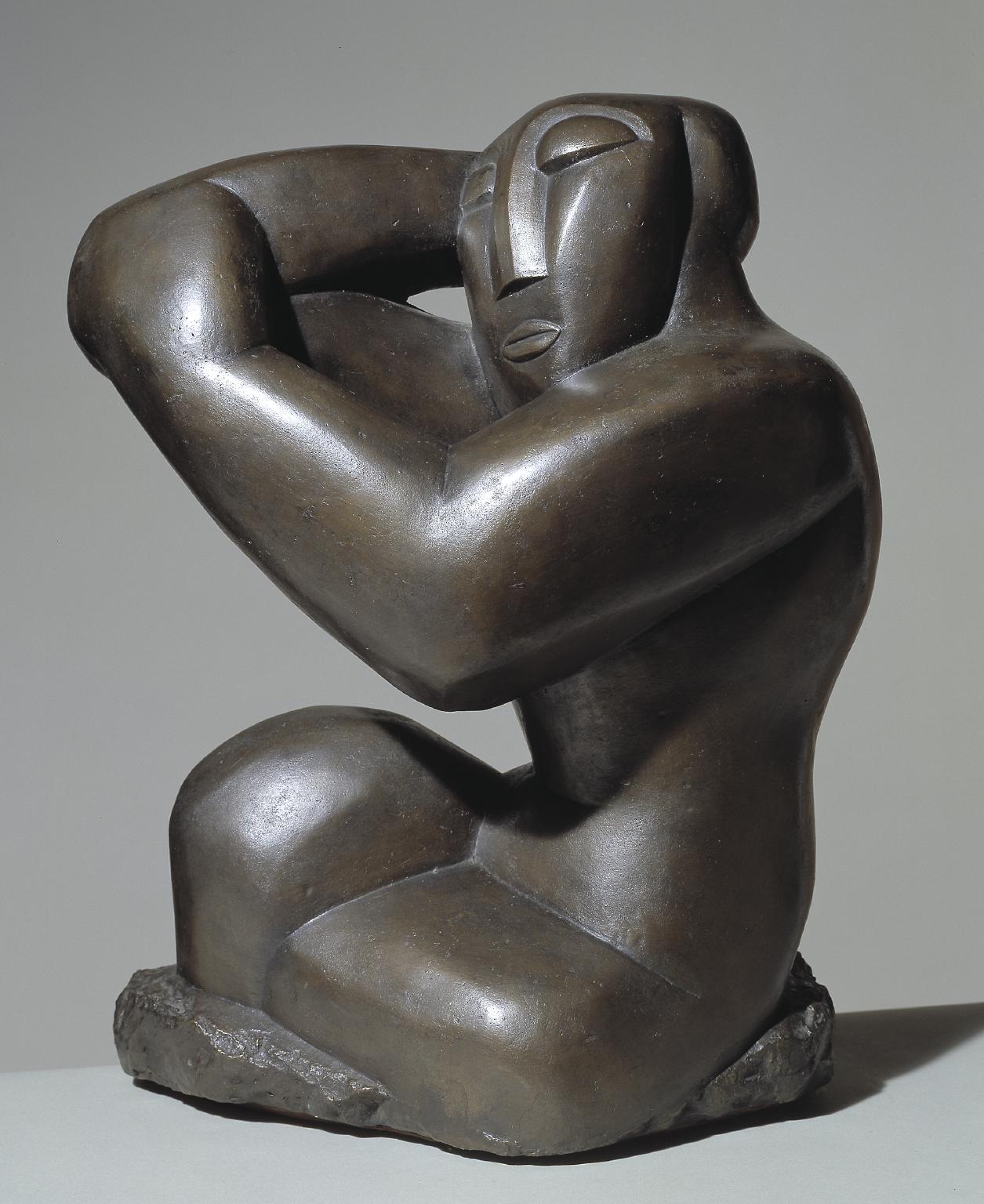
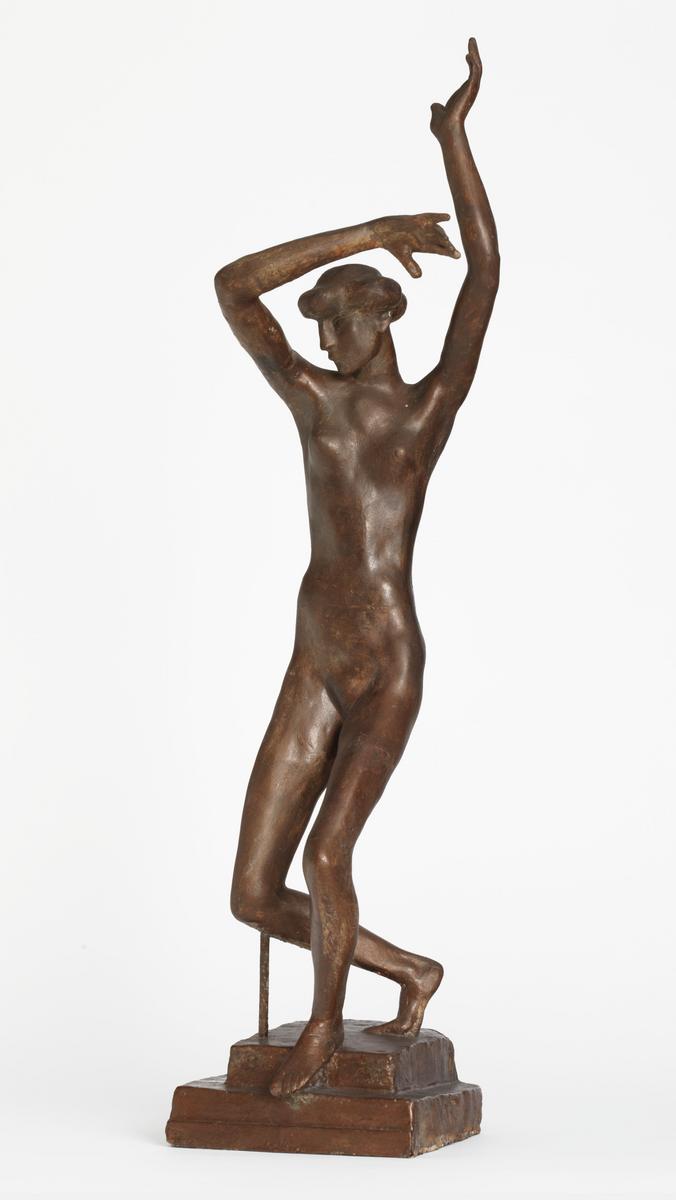
You've viewed 6/10 artworks
You've viewed 10/10 artworks

